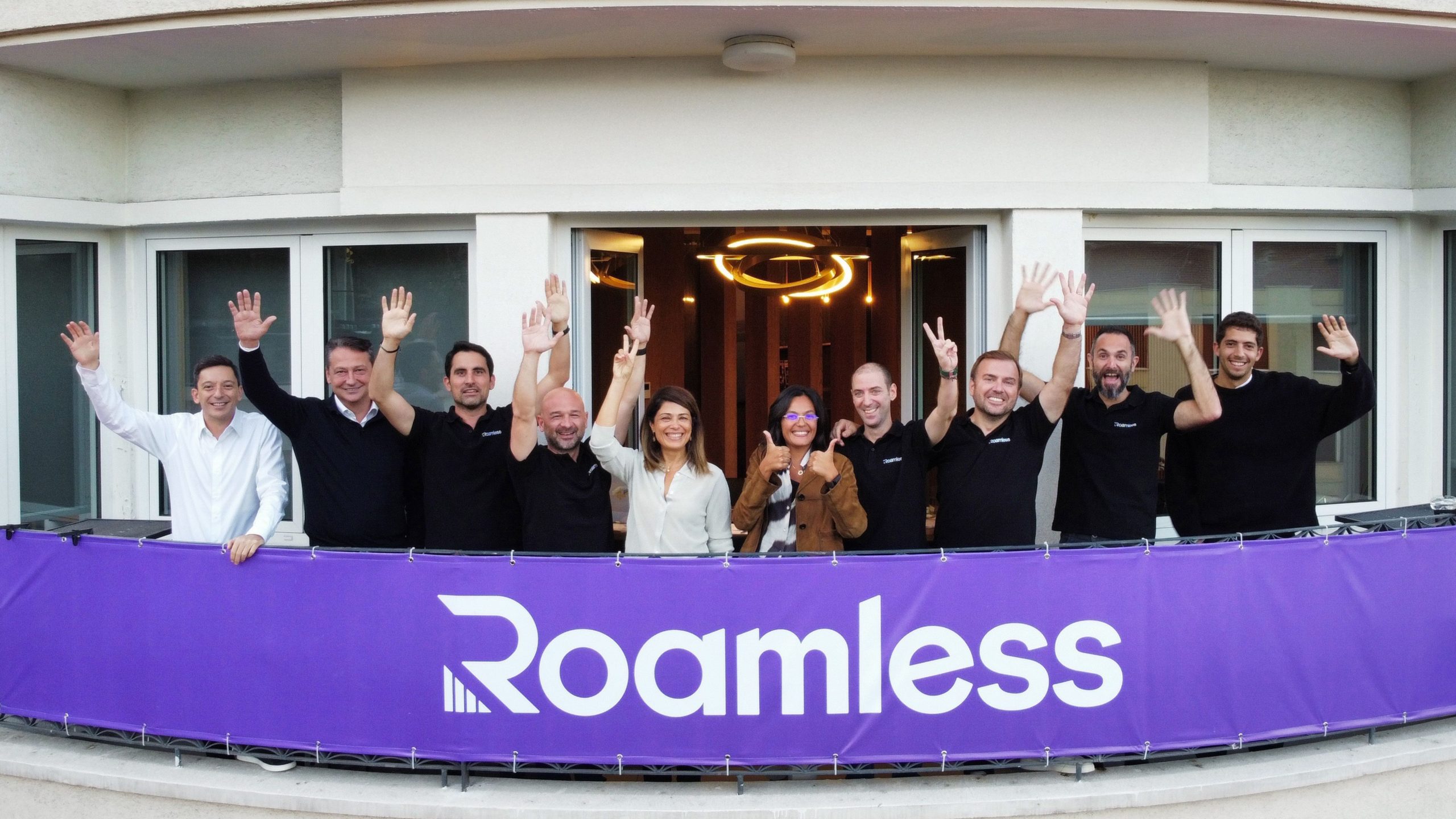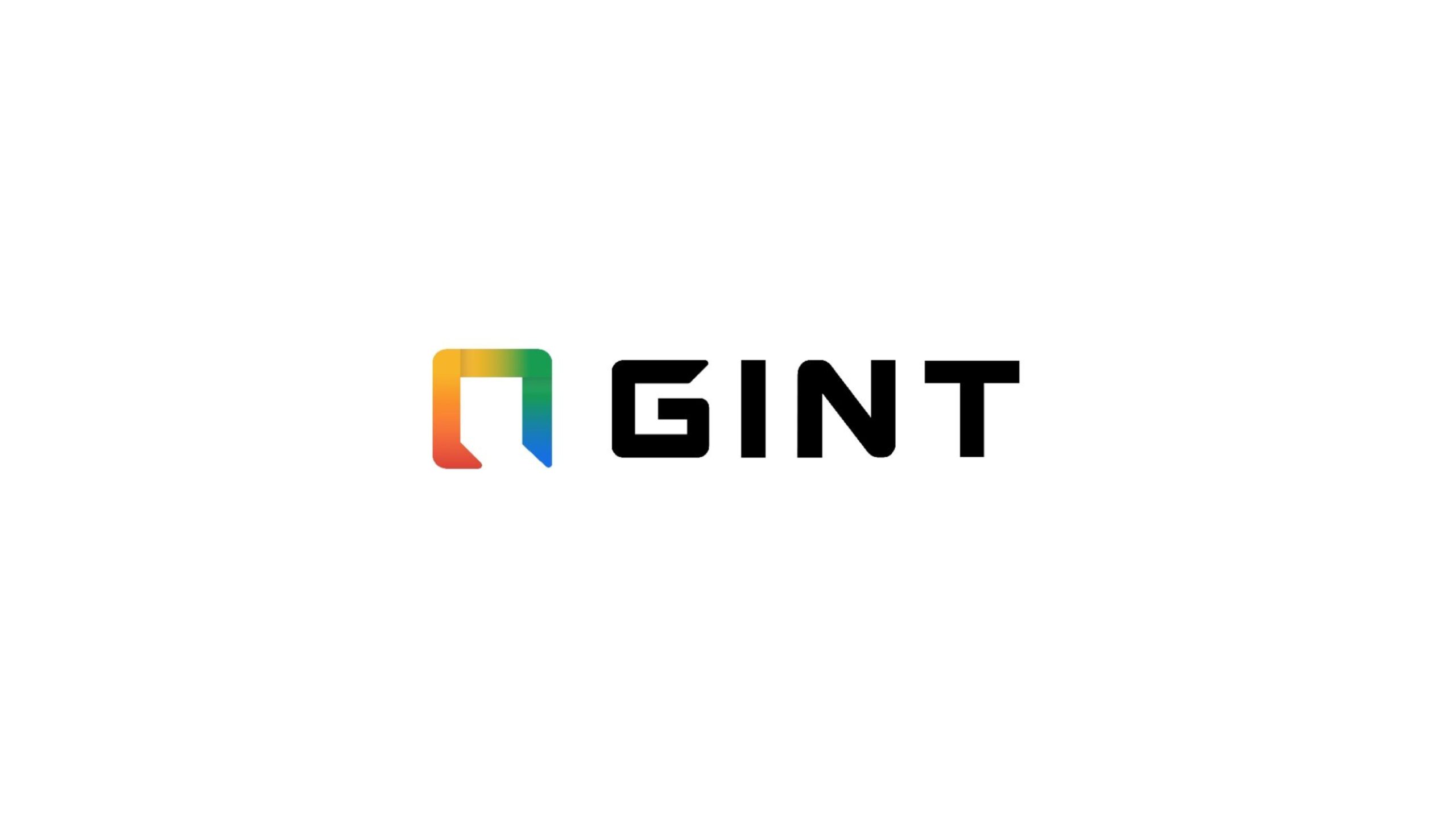AsiaTechDaily – Asia's Leading Tech and Startup Media Platform

“…Do You Dare to Put It Down On the Deck?” Golden Gate Ventures’ Jeffrey Paine explains Startup Pitches and More – Part 2
Understanding the statistical dynamics of venture capital markets is often important for investors to make informed decisions and mitigate risks effectively. Likewise, achieving an equilibrium between selecting promising startups and managing existing portfolios is essential for optimizing returns and fostering growth.
In Part 1 of our interview series with Jeffrey Paine, Managing Partner at Golden Gate Ventures, AsiaTechDaily delved into his journey as a prominent figure in the Southeast Asian startup ecosystem and explored his perspectives on various aspects of venture capital and entrepreneurship.
AsiaTechDaily’s CEO, James Jung continues our conversation with Paine to uncover further gems of wisdom from Jeffrey’s extensive experience.
Here, we delve deeper into his approach to identifying promising startups, navigating the complexities of early-stage investments, and fostering innovation in the rapidly evolving tech ecosystem of Southeast Asia.
Join us as we unravel the intricacies of startup investing in Southeast Asia and gain deeper insights into the strategies and challenges faced by investors.
James: How do you address the statistics that normally occur in the venture capital market?
Jeffrey:: I think what you’re talking about is probably the power law distribution. So we use a lot of that. What we learned over the years is if you invest outside of the Bay Area everything is not the same. And the typical power law statistics and the data sets are a little bit more skewed towards the Bay Area type of funds and investing.
Out here, we’ve done our math. It’s actually quite tricky. What we model for is hit rates above 10X. Now we are doing maybe 80, 90%. We were using machine learning to try to bring it up to at least 30%.
Now, the companies that can drive the fund depend on your fund size, right? So sometimes, 30X doesn’t hit your fund size. And real unicorn numbers based on our data are around 0.3 per year. It does not look very optimistic if you are modeling just for unicorns. It should be a portfolio base, it should be a percentage of the portfolio that hits a certain average return. And then, you have to drive your investment strategy towards that.
The other thing we do is to calculate the fund size. Fund size matters a lot in countries outside the US. When we model our current fund, it has to be a certain fund size because, mathematically, if it’s above a certain number, you probably cannot hit 3X. It’s possible to figure out what fund size you should operate and then how many deals you should be doing. Then, try to figure out how many percent of those deals will generate 10X or more.
From there, you can calculate your eventual return. It is not an easy process, but it is not impossible to figure out. So, I would encourage everyone to try to figure this out. It’s not that difficult.
James: How do you balance the time on selection and portfolio management?
Jeffrey: The hypothesis is it’s probably 70% selection and 30% portfolio management. That’s just based on data. The best companies actually don’t really need that much help. They can kind of figure it out.
But are you able to structure your portfolio where everybody doesn’t need help? The answer is no, right? It’s probably 30%, 40%. If you do your best, it’s probably like 40%. And then 20%, no matter what help you do, they will still die, right?
- 40% in Need of Guidance:
- This segment consistently requires support.
- Reasons for Assistance:
- First-time Founders: New entrepreneurs navigating business challenges.
- Second-time Founders: Even experienced leaders face hurdles in new sectors.
- Example: Transitioning from B2C to B2B markets.
- Challenges of Transition:
- Pivoting: Companies may lack understanding during strategic shifts.
We (investors at Golden Gate Ventures) are expected to be a little bit more skilled in selection, thesis development and market research.
- Focus on Selection and Thesis Development:
- Emphasis on identifying viable business models for venture returns.
- Prioritization of Market Research:
- Thorough analysis to ascertain optimal timing and suitability of business models.
- Distinguishing Venture from Private Equity Returns:
- Clear differentiation between venture and private equity (PE) models.
- Strategic Timing Considerations:
- Ensuring the timing aligns neither too early nor too late for investment opportunities.
Portfolio management is also important because if it’s 30% or 40% of the weightage, it is important. The reason is there are things that the founders don’t do every day. For example, fundraising, right? They don’t fundraise for a living, they don’t do that every day, they do that once in 18 months, 24 months.
So there are things they don’t know, there are people they don’t know, there are terms they don’t know, there are trends they don’t know. So this is probably where we add the most value to make sure they understand what’s happening in the market.
Should they raise money earlier? Should they not raise money? What terms are normal, and what terms are not normal? Who is investing, who’s not investing anymore? These are the things that we can definitely help a bit more.
Everything else tends to be a high-strategy kind of advice, right? Sometimes it’s a, should you buy this company to expand? Sometimes, should you expand on your own? How should you expand? With founding teams, there are always gaps; sometimes, they can fill them themselves, but sometimes they are inflated.
James: What factors do you see as negative signs when you review the deck that make you uncomfortable or cause you to lose confidence in the company?
Jeffrey: I think the main one would be market sizing and go-to-market. The market sizing cannot be too top-down. It has to be as real as possible. If you’re too top-down, that means you haven’t done enough research or homework. Or you don’t dare to tell me the real number.
In market research, the market size part has to be more realistic. It’s also related to your traction. The more traction you have, the more you understand the market size.
Before you have traction, your market size will be very big. But once you have traction, you realize it’s actually not very big. Then you’ll be a bit more honest.
It would be weird if there is traction and the market size is very big and there’s not much detail on how they get there. Then it’s they haven’t done homework, or they’re hiding something.
Typically, if you have traction, you probably already know how to go to market. You probably know how many sales guys you need, how much money you need, how long it takes for you to sign a customer, how many percent will churn, who will use it, who will not use it. You roughly know.
From there, there are customers that you can never sell to. That will reduce your market size. So after a while, you kind of know. The question is, do you dare to put it down on the deck?
Most of them will just leave it off the deck.
The detailed go-to-market is another thing. Now, if you are a technologist or you have a PhD, and you’re just spinning out from a university, then it’s okay because you don’t really know how to sell. It’s okay. But if you have a full team, raise some money, and have traction, then your go-to-market should be very clear.
So these are the two things. Other than that, there’s nothing really. If you follow the structure of the template, I think you won’t miss out on most things.
But I think one slide that the Vinod Koestler template has that a lot of founders don’t put is the risk mitigation slide, which is quite unique.
It’s a slide to list down risks and how you mitigate them. How do you solve and fix your risk? If you can list your risks, that means you understand your business very well and are very transparent. You tell me where your risks are.
Then if you have a solution for your risk, that means you have shown me that you have thought through everything that will go wrong with your company and then you have thought through ways I can stop that happening.
That is actually a good slide to have to show that you actually have thought through everything, including how you will die. The slides shouldn’t be positive all the way.
There should be some ways you die, and there are some ways you stop yourself from dying because startups are difficult. There’s no such thing as an easy startup.
James: In your experience, what are the primary reasons companies die? Would you attribute it to founder mistakes, industry shifts, or team dynamics?
Jeffrey: I would say the product market fit is actually an important thing. I think it’s a very common answer. But there is more to that. So your product needs to fit the market at the right time, and you need a way to make money.
So, there are many answers to the question of product market fit.
- Your market cannot be ready but small.
- Your market cannot be ready, and they don’t want to pay you.
- Your market cannot be ready, and there are 200 competitors.
So there are many, many smaller reasons within a bigger reason. So if product market fit is one main reason, then there are probably like 25 reasons below that. And this is purely a product market fit.
There is still competition, there is still the team, there is still the culture, there are still other things. If you combine all the other small reasons, it’s probably over 50 reasons, of which one or two reasons can kill the company.
That’s why a startup has many risks and you have to try to de-risk them. So that from 50 reasons, it becomes 10 reasons.
That’s the reason why people don’t invest at a very early stage: it’s very high risk. Because there are 50 reasons you will die. But maybe after four years, there are only five reasons you will die.
But by then, you probably do very well. By then, your valuation is very high. But that’s okay because you are de-risked.
That’s the part where, every round, you are trying to de-risk a bunch of things: technology risk, market risk, people risk, and whatnot.
But I would say the main issue is usually product market fit because if you can build a product, your team should be pretty good. If you time it well, your team should be pretty good.
You can compete with other people, and your team should be pretty good. So it’s kind of like if you get your product-market fit right, it also means your team is good. But it doesn’t mean your team will not change to be bad because things are constantly changing. Everything is changing. People are changing. Teams are increasing in size. You know, things happen. All the people are leaving, etc.
It happens over time. That’s why it’s a little bit more complicated. But I think the main reason is product market fit, traction, performance, and growth. Because if you have typically good traction or a good product, you probably can raise money.
In Asia, it’s less of a good product. It’s more good traction. And it’s less of a good team in the US in terms of team, product, and traction. If you have one of them, you can raise money. Out here, it’s usually traction first.
- Team-you can raise money, but if you have no traction, you still die.
- Good team,your market size is small -and you will still not raise money after a while.
- If you have a good product in Asia, it doesn’t mean anything. Because a good product means you have good traction.
In the West, sometimes a good product means it’s highly innovative, which means even if you have no traction, somebody will buy you. Over here, it’s not necessary unless they came from that background.
Those guys who don’t need so much help because they have seen it, have lived it for two or three years, and know what’s missing. And when they launch something, the timing is a little bit more accurate.
Jeffrey’s emphasis on understanding market dynamics, mitigating risks, and innovation has the essence of successful venture capital endeavors in Southeast Asia. While the startup and VC nuances are discussed in this interview series, it is evident that these insights are more than ‘glimpses’ into the present market. Jeffrey Paine breaks it down for both startups and upcoming VCs, helping their the path forward for those daring enough to embark on the journey of investing and raising funds.
Offering invaluable lessons for navigating the intricate webs of product-market fit, team dynamics, and industry shifts, his approach, coupled with a deep understanding of the Southeast Asian startup landscape, leaves an indelible mark on our understanding of what it takes to thrive in the competitive world of venture capital. As we bid farewell to this enlightening conversation, let us carry forth the lessons learned to navigate the uncertainties and seize the opportunities that lie ahead in the vibrant tapestry of Southeast Asian entrepreneurship.
Also Read:
- Chowis Collaborates with L’Oréal Professionnel Paris in India to Revolutionize Hair Care Service
- India’s Swiggy Prepares for IPO: Shifts to Public Limited Company Amidst Expansion Plans
- Japan’s Fintech Sensation: SmartPay Secures $7M From SMBC Venture Capital
- A Rising Player Surfing the GPU Wave: How Inference.ai Plans to Become the “New AWS of the AI Era”
- Ailytics Secures $2.7M Pre-Series A Funding Led by Tin Men Capital



